Scrapbooking sketches
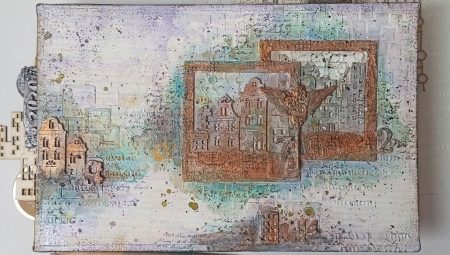
A sketch is a sketch, a sketch... The applied method of image has moved into an independent creative direction and has become very popular. And not only for those who are fond of free drawing (that is, they carry a sketchbook, pencil or markers in their bag so that they can get it at any time). Sketchbooks have become cool tools for scrapers: they don't work for everyone, but there are craftsmen who have become more productive with the help of sketching.
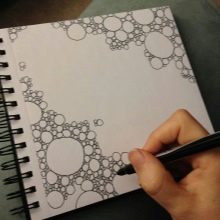
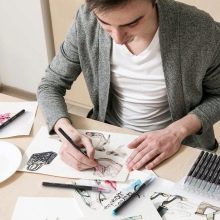
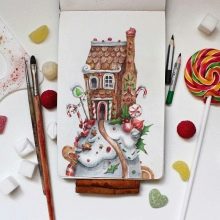
What it is?
If we proceed from the basic understanding of the sketch, it becomes clear what it can be used for - as an idea, a sketch of a moment captured in a moment in history that can be carried away with the stream of thought irrevocably. Unless, of course, you draw it right there. Or rather, do not sketch, because a sketch is always fast. By the way, a sketch and a sketch-illustration are not the same: the first type of work takes up to an hour, the second - more than an hour.
For scrapbooking, sketching is almost the ideal layout. This is a guideline that will help balance the composition, transfer the idea of creating a product from a head to paper.
It is with compositional mistakes that beginner scrapers most often encounter.
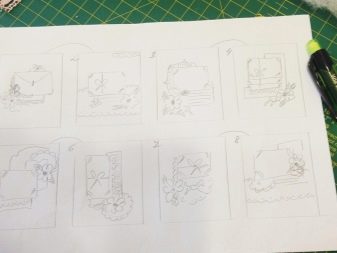

Why smart composition is so important - common mistakes:
- overloading with parts - the master wants the best, but the overkill in the end catches the eye;
- lack of "air" - with free space is also bad;
- decor concentrates in one area;
- too much composition centers.
Yes, with experience you will understand how to avoid such mistakes, but you can bypass this period of learning with failures. It is for this that sketches exist - schematic images of future work, which will reflect the location of key elements.This is a sketch of the cover (or a postcard, or a page, in a word, an object that is being worked out). Sketching helps to highlight the compositional center, as well as free space, to determine where the inscriptions and key elements will be. The sketch helps to create something organic between the layers, makes the artwork coherent.
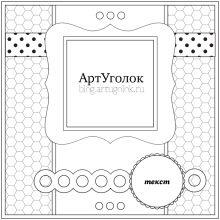
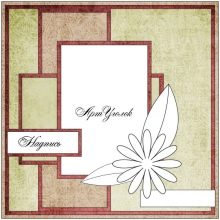
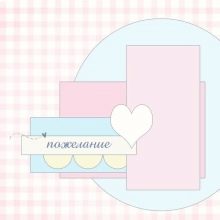
Many will say that if sketching were so universal and defining, all scrapers would only use it, and there would be no work with obvious "jambs". But it is not so. Yes, some of the masters just subjectively do not like to tinker with sketches, and some do not know how to make them. Still, sketching has to learn.
Find out why scrapbooking sketches are not suitable for everyone
- Not everyone understands that a downloaded beautiful clipart is not a sketch.... A sketch can be drawn even on a napkin, but if it takes into account the composition, density and harmony of elements, then it is suitable.
- Not everyone understands how, in fact, to work with them. It is not necessary to understand what is drawn in the sketch too literally. In place of the rectangle, there does not have to be a rectangle, the sketch is a conditional picture or diagram. You can replace the shape of the elements, you can also twist the sketch in different directions.
Before you draw something of your own, you need to disassemble (and even in detail), to analyze what the cool designers are doing. This is how the familiarity, the intuitive understanding of the features of the sketch, develops.
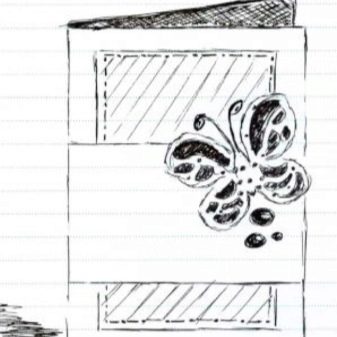
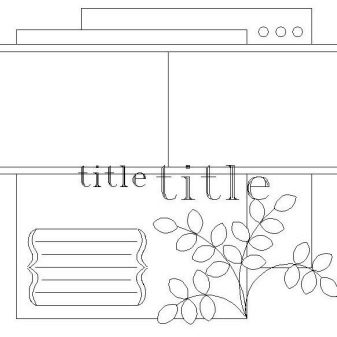
What are they?
You can classify sketches in different ways, but the main difference will be the level of difficulty.
Simple
These are sketches, sketches that do not take a long time to work - they are made in literally 10 minutes. Usually they are used by experienced scrapers, they do not care about detailing as much as the general plan, which should be in front of their eyes. And if, for example, it makes sense to make a detailed sketch for the cover of a photo album, then for less filled pages an experienced master may not need such a hint.
Also simple sketches can often be downloaded as templates... There is not much individuality in them, they are quite typical, but they are quite suitable for a certain type of work. Again, any template can be saturated with author's details.

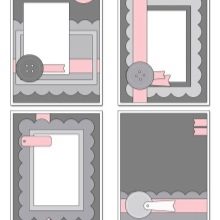
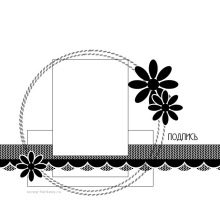
Complicated
They are more detailed, and every moment, such as the zoning of the background for a children's album, suggests several variations. Sometimes the author himself does not know until the last what will happen to the background, how to organize zoning. And drawing a sketch helps to collect thoughts, think over this moment, one might say, "rehearse" it. There will be a lot of preliminary work in such sketches, but they are also good because they can be used more than once. For the first time, they are used as a sketch for a future product, and then as an educational and demonstration product. For those scrapers who keep blogs, social networks about their hobby, such sketches, one might say, are priceless.
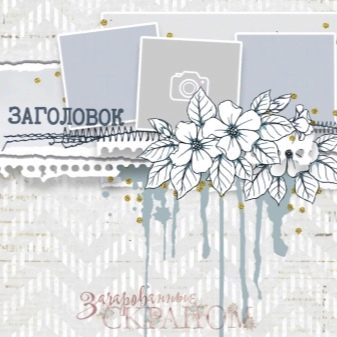
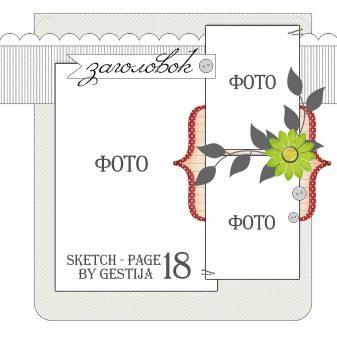
How do I use sketches?
Working with sketches / sketches is as follows: either the master is looking for a ready-made sketch on the Internet (with possible adaptation to his idea), or he is looking for cool options in the hobby market, or he creates it himself. The last option is more complicated than the previous ones, but much more interesting.
Let's describe the processes of creating sketches and working with them.
- A sketch is a draft. This means that you can make a bunch of notes, inscriptions on it, put exclamation marks, cross out, correct, etc. You can't do this at the finished work, that's why this warm-up with a sketch is needed. By the way, while the author is creating it, intellectually he does a great job, but he does not have to keep all the nuances and subtleties in his head. The sketch helps to fix and try them on.
- You can draw on a regular album sheet, in a sketchbook, and even in a simple checkered notebook. In addition to the standard sketch, notes are made on the sketch. For example, in order not to quote the full inscription on the tag, you can write "here will be a quote from Shakespeare."Or, in order not to hatch the background for a long time, you can make it conditionally and mark “the background will be an active shading of black on purple”.
- Better to sketch in color - they are like a preliminary fitting, helping to determine the color of future work.
- Some masters attach a sheet with samples to the sketch. This is an ordinary album sheet, on which small fragments of those materials are attached that the author plans to use in his work. When they are all on the same plane, it is easier to understand the principles of combination, take the necessary and discard the unnecessary. This exercise is especially useful for beginners.
- Also, the main, global details for the sketch can not only be drawn, but also cut out. Cut out the drawn parts, and then "walk" them on the sheet, try on different parts of it, combine in all possible ways. It also develops artistic vigilance, compositional flair.
- It makes sense to save the finished sketch.... Even if he has already "played" his role, scrapbooking is ready, this is not a reason to throw away the sketch. It would be nice to keep them in one place, you never know when the sketch will come in handy again. Well, for those who teach others about scrapbooking, such a demo material will definitely come in handy.
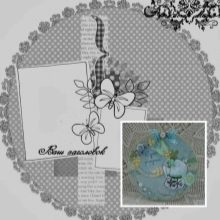
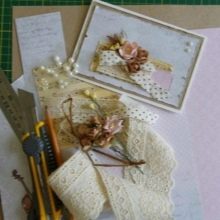
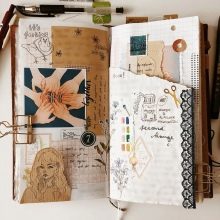
And sketching for scrapers is convenient because it is an opportunity that is always at hand. For example, a man is traveling in a train, and suddenly the idea of a new photo album cover comes to his mind. So he would "twist" it in every possible way in his head, trying to remember in detail. But if he is working with sketches, he will simply take out a notebook and pencil and quickly sketch a sketch. The idea is fixed, there will be no need to lament later if you have forgotten something. It's like a professional toning exercise that is definitely worth doing from time to time.
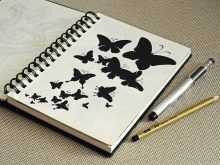
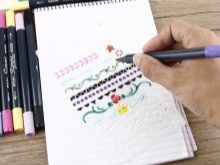
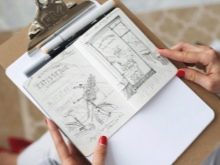
Beautiful examples
From theory to practice. One of the recommendations included advice to analyze the work of designers, consider finished sketches, mentally splitting them into components.
Professional (and not only) sketches for scrapbooking - learning from examples.
- A simple image drawn with a pen or felt-tip pen... Obviously, it took him 5-7 minutes. It is not detailed, but sufficient as a scheme of work. If desired, the author can add color to the sketch.
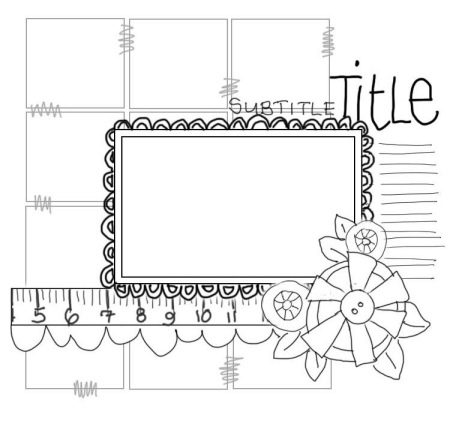
- A sketch for a postcard, which is also drawn as quickly as possible. The author is working on several options for the sketch, does not write inscriptions (for example, "Happy Birthday"), but the structure of the image is read perfectly. Such a sketch can be used as a demo material for students who are learning scrapbooking online.
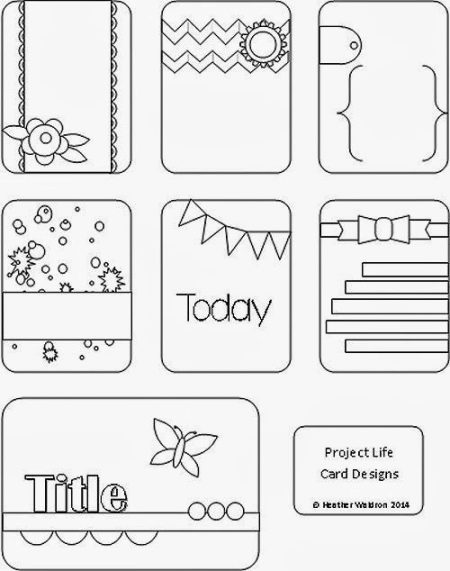
- And again, many simple sketches on one sheet. Develops imagination, trains feelings of composition and harmony, symmetry. Finally, it allows you to write / sketch ideas that can fade from memory in a couple of movements with a pen.
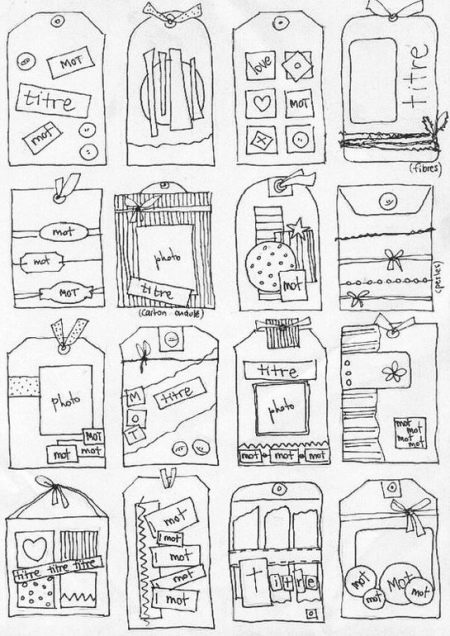
- This is not exactly scrapbooking, but from such sketches you can see how an idea can be fixed and worked out.... It can also be seen that to create a scheme, an action plan, it is not necessary to do something for a long time and in detail.
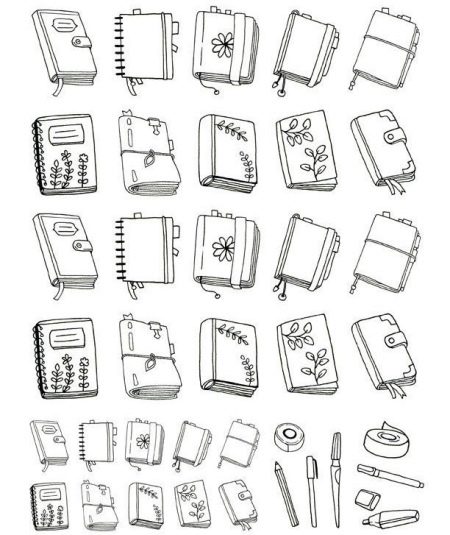
- A great quick sketch, or rather a lot of quick sketches. The author even spent time on the color, but very conditional. Dimensional notes will also be valuable for later implementation of the idea.
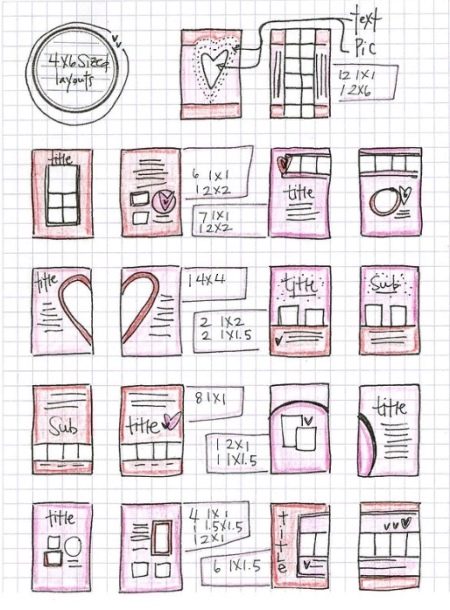
- Newbies who drew for the last time in school and are afraid of it like fire have nothing to be upset about... The first sketches might look like this. But even these sketches are enough to move on. Even drawing these lines, the author seems to be playing the script for creating the work, which will help him in the future.
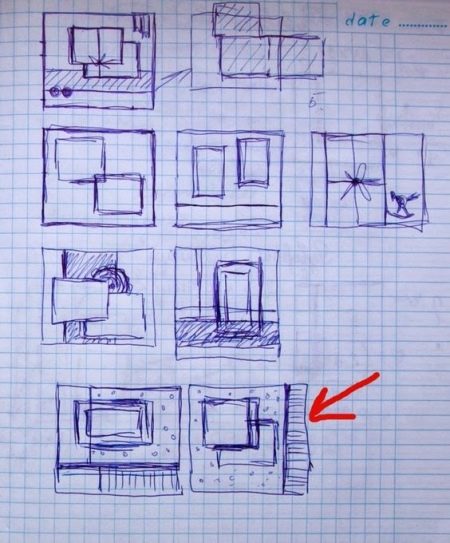
- These are professional sketches: in color, printed, bright. They make it easier for the scraper to work and can be useful for the ability to compose. You don't always need to use them directly. You can simply consider, pay attention to accents, markings, sizes, combination of figures.
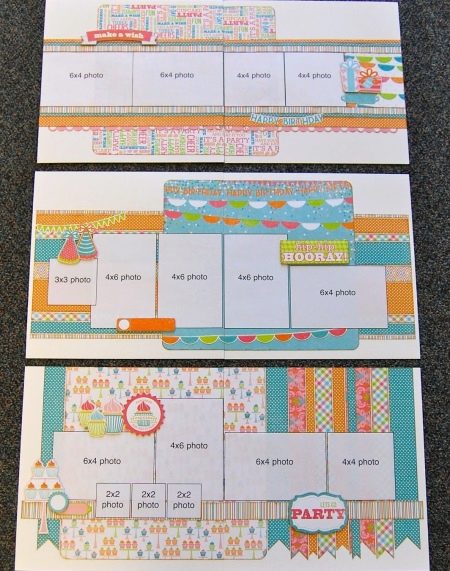
- The answer to the question of whether it is possible to use a ruler in sketches. Scrapers certainly can.Yet this is not a final product, but an aid in the creation of a new product. Such sketches help to see proportions, harmonies, figure out the dimensions just fine. Here the author did not get to the color scheme, but it may not be necessary. But how to cut out the details, how many will fit, without breaking the integrity of the image, the sketch helps to see.
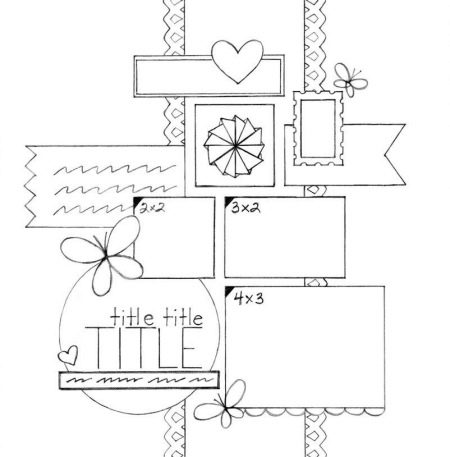
- This sketch is also made in black and white. But it is considered the basis on which to mix colors, textures and prints. The main thing is that it becomes clear how the details complement each other, how they "fit" in size, what will be in which zone and how the layers will be located.
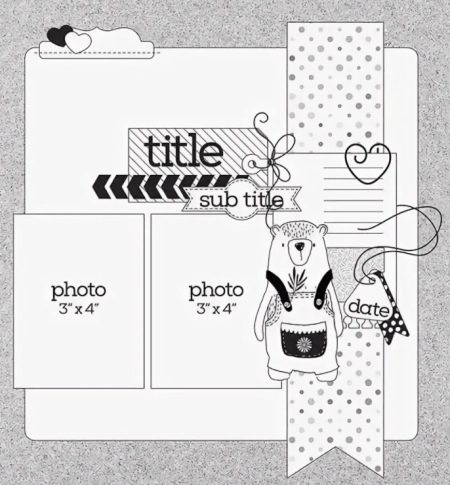
- An example of simple templates that the Internet is full of... You can do this: do not print them, but sketch them. And add those details that are subjectively lacking.
So, even without any artistic skills, you can start drawing sketches and not be afraid of mistakes.
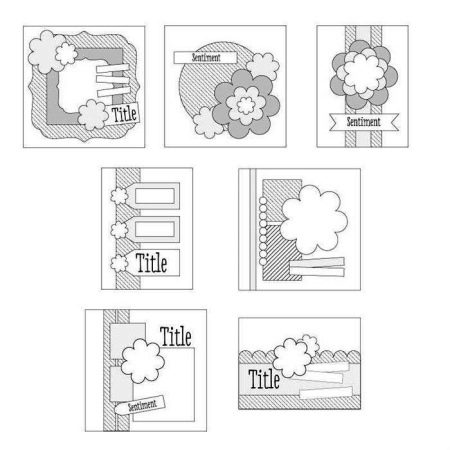
Everything will work out - you just need to try!








